When it comes to choosing the right type of tile for your project, two options often come to mind: ceramic tiles and porcelain tiles. While both are widely used in various applications, understanding the differences between them can help you make an informed decision. In this article, we will explore the characteristics, benefits, and drawbacks of ceramic tiles versus porcelain tiles, allowing you to determine which option best suits your needs. Characteristics: Ceramic tiles are made from a mixture of clay, minerals, and water, which is then shaped and fired at high temperatures. They are known for their vibrant colors, intricate patterns, and intricate designs. On the other hand, porcelain tiles are made from a more refined clay and are fired at even higher temperatures. This process results in a denser and more durable tile, often available in more subdued and natural-looking colors and patterns. Porcelain tiles are also available in larger formats, making them ideal for larger spaces.
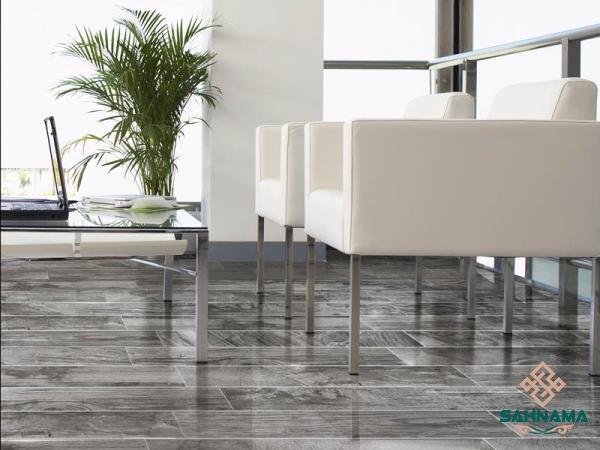
.
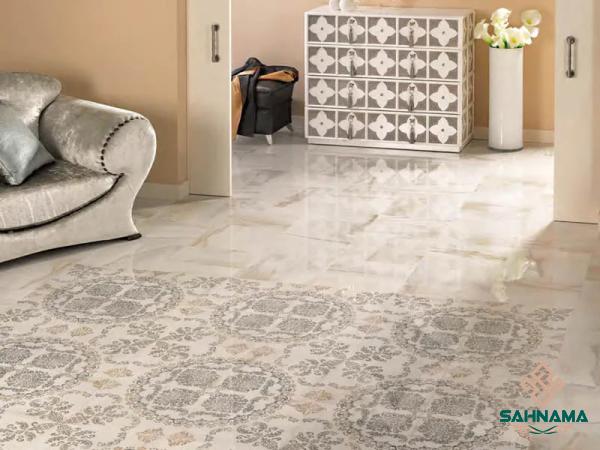 Durability and Strength: When it comes to durability, porcelain tiles have the upper hand. Due to their higher density, they are much stronger, more resistant to chips and cracks, and less prone to wear and tear than ceramic tiles. This makes porcelain tiles an excellent choice for high-traffic areas such as entryways, hallways, and kitchens. Ceramic tiles, while still relatively durable, are more susceptible to damage and are better suited for lower traffic areas such as bathrooms and bedrooms. Water Resistance: Both ceramic and porcelain tiles are naturally resistant to water, making them popular options for bathrooms, kitchens, and other areas prone to moisture. However, porcelain tiles have a lower water absorption rate, typically less than 0.5%, which makes them even more waterproof than ceramic tiles. This advantage makes porcelain tiles an ideal choice for outdoor applications, such as patios and swimming pool areas.
Durability and Strength: When it comes to durability, porcelain tiles have the upper hand. Due to their higher density, they are much stronger, more resistant to chips and cracks, and less prone to wear and tear than ceramic tiles. This makes porcelain tiles an excellent choice for high-traffic areas such as entryways, hallways, and kitchens. Ceramic tiles, while still relatively durable, are more susceptible to damage and are better suited for lower traffic areas such as bathrooms and bedrooms. Water Resistance: Both ceramic and porcelain tiles are naturally resistant to water, making them popular options for bathrooms, kitchens, and other areas prone to moisture. However, porcelain tiles have a lower water absorption rate, typically less than 0.5%, which makes them even more waterproof than ceramic tiles. This advantage makes porcelain tiles an ideal choice for outdoor applications, such as patios and swimming pool areas.
..
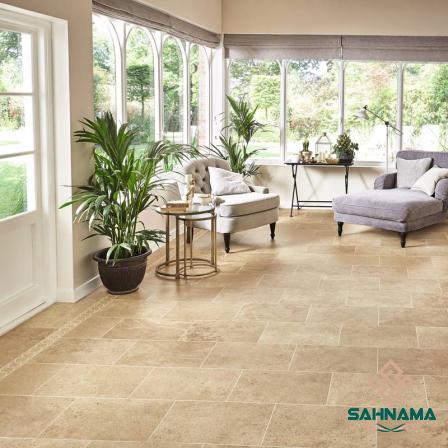 Maintenance: One of the key factors to consider when choosing between ceramic tiles and porcelain tiles is maintenance. Ceramic tiles are relatively easy to clean and maintain, requiring regular sweeping and occasional mopping. However, their porous nature makes them more susceptible to staining and the buildup of dirt and grime. Porcelain tiles, on the other hand, are non-porous and virtually maintenance-free. They are resistant to stains and can be easily cleaned with a damp cloth or mop. Cost: Cost is often a major consideration when it comes to any construction or renovation project. Ceramic tiles are generally more affordable than porcelain tiles, making them a popular choice for budget-conscious homeowners. However, it’s essential to consider the long-term benefits of investing in porcelain tiles.
Maintenance: One of the key factors to consider when choosing between ceramic tiles and porcelain tiles is maintenance. Ceramic tiles are relatively easy to clean and maintain, requiring regular sweeping and occasional mopping. However, their porous nature makes them more susceptible to staining and the buildup of dirt and grime. Porcelain tiles, on the other hand, are non-porous and virtually maintenance-free. They are resistant to stains and can be easily cleaned with a damp cloth or mop. Cost: Cost is often a major consideration when it comes to any construction or renovation project. Ceramic tiles are generally more affordable than porcelain tiles, making them a popular choice for budget-conscious homeowners. However, it’s essential to consider the long-term benefits of investing in porcelain tiles.
…
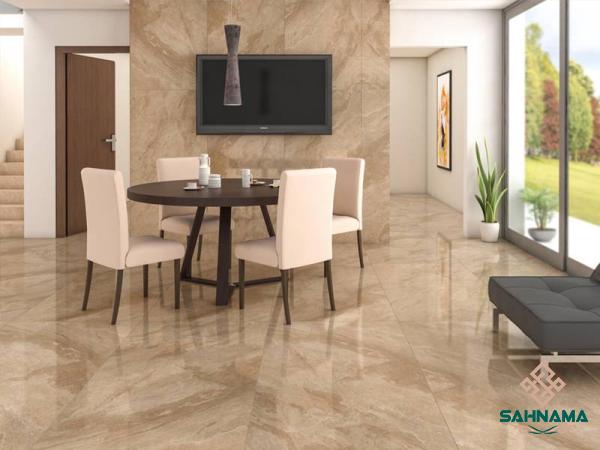 Their durability and low maintenance requirements can offset the initial higher cost, making them a cost-effective option in the long run. In conclusion, the choice between ceramic tiles and porcelain tiles depends on the specific requirements of your project. Ceramic tiles offer a wide range of styles, colors, and patterns at an affordable price point. They are best suited for areas with lower foot traffic. Porcelain tiles, on the other hand, are more durable, water-resistant, and require minimal maintenance. They are an excellent choice for high-traffic areas and outdoor applications. By considering the characteristics, strengths, and limitations of each option, you can make an informed decision that meets both your aesthetic and practical needs.
Their durability and low maintenance requirements can offset the initial higher cost, making them a cost-effective option in the long run. In conclusion, the choice between ceramic tiles and porcelain tiles depends on the specific requirements of your project. Ceramic tiles offer a wide range of styles, colors, and patterns at an affordable price point. They are best suited for areas with lower foot traffic. Porcelain tiles, on the other hand, are more durable, water-resistant, and require minimal maintenance. They are an excellent choice for high-traffic areas and outdoor applications. By considering the characteristics, strengths, and limitations of each option, you can make an informed decision that meets both your aesthetic and practical needs.

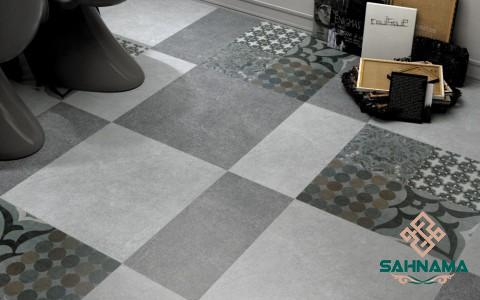
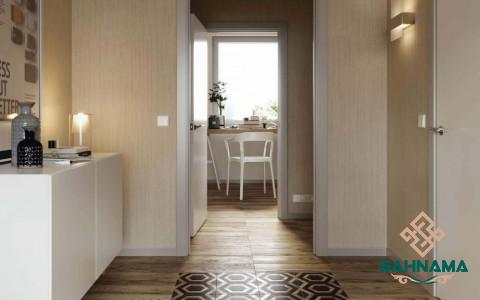
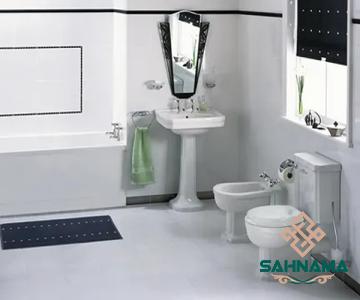
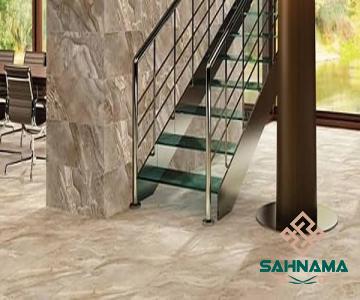
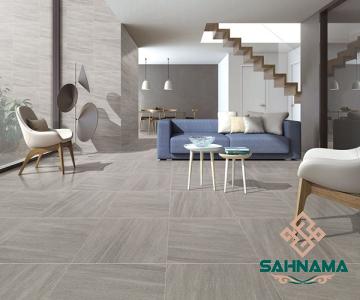
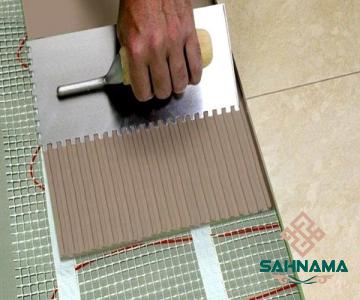

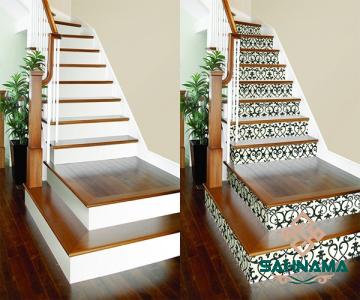
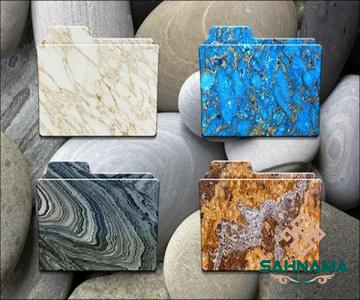
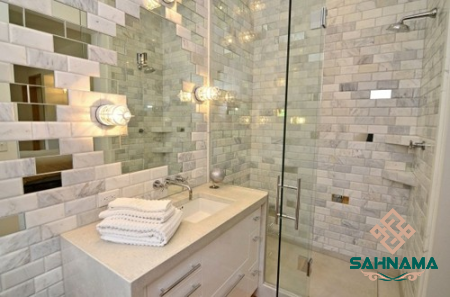
Your comment submitted.